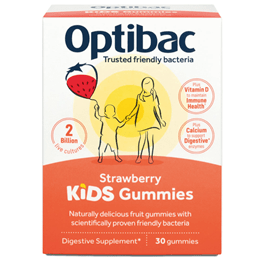Gluten Free
A gluten-free diet is an eating plan that excludes foods containing gluten. Gluten is a protein found in wheat, barley, rye and triticale (a cross between wheat and rye).
Purpose
A gluten-free diet is essential for managing signs and symptoms of celiac disease and other medical conditions associated with gluten.
A gluten-free diet is also popular among people who haven’t been diagnosed with a gluten-related medical condition. The claimed benefits of the diet are improved health, weight loss and increased energy, but more research is needed.
- Celiac disease is a condition in which gluten triggers immune system activity that damages the lining of the small intestine. Over time this damage prevents the absorption of nutrients from food. Celiac disease is an autoimmune disorder.
- Non-celiac gluten sensitivity causes some signs and symptoms associated with celiac disease — including abdominal pain, bloating, diarrhea, constipation, “foggy brain,” rash or headache — even though there is no damage to the tissues of the small intestine. Studies show that the immune system plays a role, but the process isn’t well understood.
- Gluten ataxia, an autoimmune disorder, affects certain nerve tissues and causes problems with muscle control and voluntary muscle movement.
- Wheat allergy, like other food allergies, is the result of the immune system mistaking gluten or some other protein found in wheat as a disease-causing agent, such as a virus or bacterium. The immune system creates an antibody to the protein, prompting an immune system response that may result in congestion, breathing difficulties and other symptoms
















